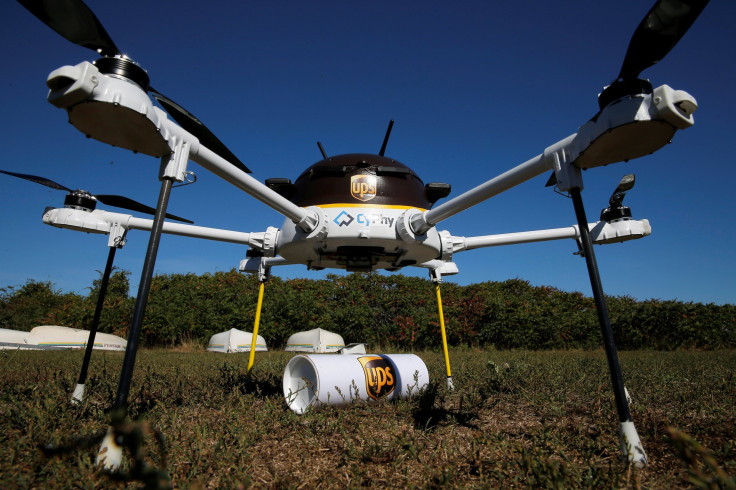Parrot Ventures Into Professional Drones As Demand For Personal UAVs Falls

The applications of Unmanned Aerial Vehicles (UAVs) or drones as they are commonly known are being explored across a wide gamut of industries. However, the demand for personal drones is declining as the initial enthusiasm over owning them has waned.
Parrot, which is one of the biggest drone makers globally announced its latest range of drones, called the Parrot Professional, which will cater to the needs of farmers and firefighters. It has revealed two new models — Parrot Bluegrass for agriculture and Parrot Bebop-Pro Thermal, for thermal imaging.
The Bebop-Pro Thermal has a thermal imaging camera coupled with a regular video camera, which will track the sources of heat and help firefighters rescue people caught in burning buildings. The Bluegrass model will have special sensors to help farmers monitor their fields.
Both drones will have long-range remotes that will allow users to remotely control them. The company claims that the Bluegrass drone can cover 74 acres of area on a single charge.
The two new models mark a shift in focus for the company, known for making consumer drones such as the Parrot AR. Both the Bluegrass and Bepop-Pro Thermal are focused on catering to specific professional needs. This shift seems to have been forced due to the declining demand for consumer drones — the company announced last month that it will cut 290 jobs on drone-related projects because of missing fourth quarter sales targets by 15 percent.
Parrot is yet to announce the prices for both drones, but it is entering the professional drone segment with these models. The company will have to compete with the likes of DJI, which has been working on industrial drones for a long time. DJI announced its Matrice 200 range of industrial drones at the Mobile World Congress in May.
The commercial applications of drones currently being explored range from logistics to mapping rescue. Companies such as Amazon and Walmart have their own models for drone-based deliveries while others such as Land Rover are developing rescue vehicles with mounted drones and dashboard-based controls. Logistics companies such as UPS and FedEx have already created their own drones.
Professional applications entail premium pricing and sustained demand for drones, which is essential for companies such as Parrot to survive. While we are yet to see the large-scale commercial usage of drones, the technologies which are in the pipeline are expected to break ground by 2020.
However, there are still limits to professional usage of drones currently, as no government guidelines exist for the use of airspace by drones. There are also other issues associated with the technology, such as flying over restricted zones, and solutions such as geo-fencing are being worked upon for such issues.
Unless there are pre-set regulations for the commercial usage of drones, the technology cannot be widely used. While the technology is already widely available, the government is yet to provide such measures — it has failed in endeavors such as creating a national registry of drones.
© Copyright IBTimes 2024. All rights reserved.




















